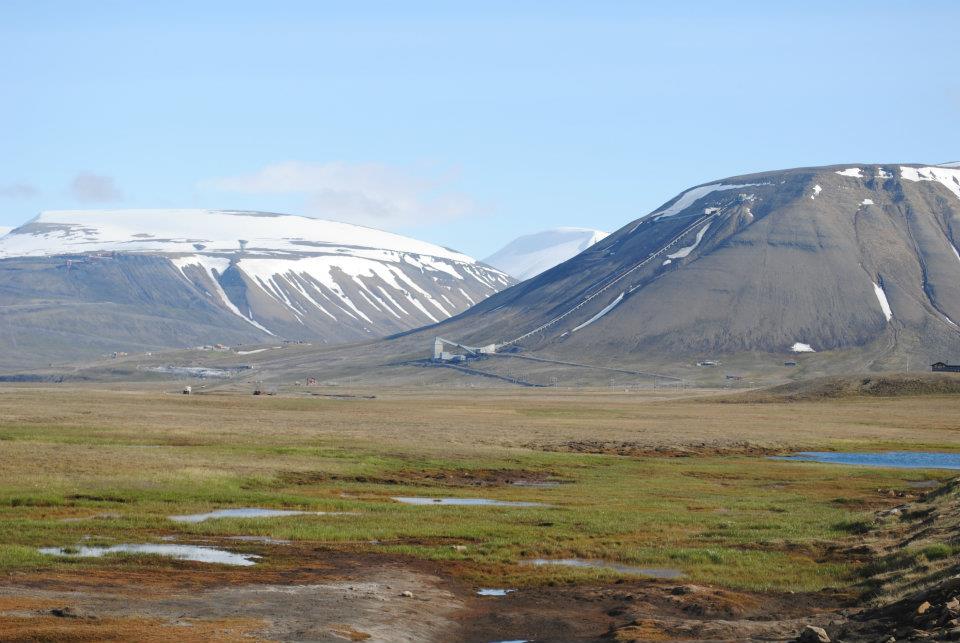Text: Alicia Gutting, doctoral student at the Division
The fun thing about writing a PhD thesis on the nuclear Rhine in Sweden is that it is actually necessary for me to visit the nuclear sites on the Rhine as well as local archives. My three supervisors and I therefore decided that it would be an enriching experience to spend some time at the Section of Economic, Social and Environmental History of the History Department at the University of Bern. In this rather fast-paced academic world, I wanted to get the most out of my stay as well as get to know fellow historians in Bern. Therefore, a three months visit from the beginning of October until the end of December sounded suitable. Having all the archives and the nuclear sites at my doorstep was also a major motivation to stay a little bit longer.
My plan was to use the time to focus on finishing two articles. Both these articles deal partially with the Swiss nuclear development as well as cooling water negotiations between Switzerland and Germany and the accompanying risks. I dreamt of being in Switzerland, taking the good air of Bern in and the articles would magically write themselves. This clearly did not happen. However, through a presentation of my work at the history department I received valuable input from Swiss colleagues. Some critical, which I very much appreciated, but mostly very positive and insightful. The discussion showed me that I am on the right track and that my work is still a research desideratum, even in Switzerland.
The second-last week of my stay in Switzerland was the absolute highlight of the whole three months. My main supervisor Per Högselius took the time to visit me for five days. We started with a day at the state archive in Aarau, where we looked at maps of the Beznau nuclear power plant. Beznau, built in 1969, is an especially interesting case as it is the first Swiss nuclear power plant. It is also the oldest operative nuclear power plant up until today. Apart from that it uses a freshwater cooling system and therefore does not cool the water down with the help of cooling towers. Per and I could take a close look at the significantly warmer water that was led back into the considerably small river Aare.

Before we visited Beznau, we went to see the newest nuclear power plant Leibstadt, built in 1984. When we just got out of the car, Per received a call from a journalist from the Swedish newspaper Dagens Nyheter. His expertise was requested on the Swedish nuclear power plant Ringhals and the current electricity prices in Sweden. This turned our field trip into a much more current issue than we had originally anticipated.

On our last day we went to see the Mühleberg nuclear power plant, which was decommissioned in 2019. Mühleberg was built from 1967-1971 also without a cooling tower. For builders of nuclear power plants this was the last chance to build without a cooling tower as Switzerland made them compulsory in 1971. What is also interesting is that Mühleberg is located above Lake Biel and the planners roughly calculated with the lake being able to diffuse the warm cooling water. The hope was that Mühleberg’s cooling water would not interfere with the cooling capacity of the Aare further downstream.

Apart from looking at nuclear power plants and maps of the area, Per and I had also the chance to present our work during a workshop on the nuclear renaissance by the Research Network Sustainable Future at the University of Basel. During the workshop different researchers from all kind of fields presented their findings on nuclear power and its potential future. We got to hear about the ethical side of nuclear power, in what way nuclear power plants are megaprojects and about the entanglement of the industry with the military concerning nuclear in the UK. With our presentation on the risk of warming rivers in a warming climate, we rounded up the theoretical discussions from the morning with case studies from the Rhine, the Elbe and the Danube.


No comments yet. Be the first to comment!